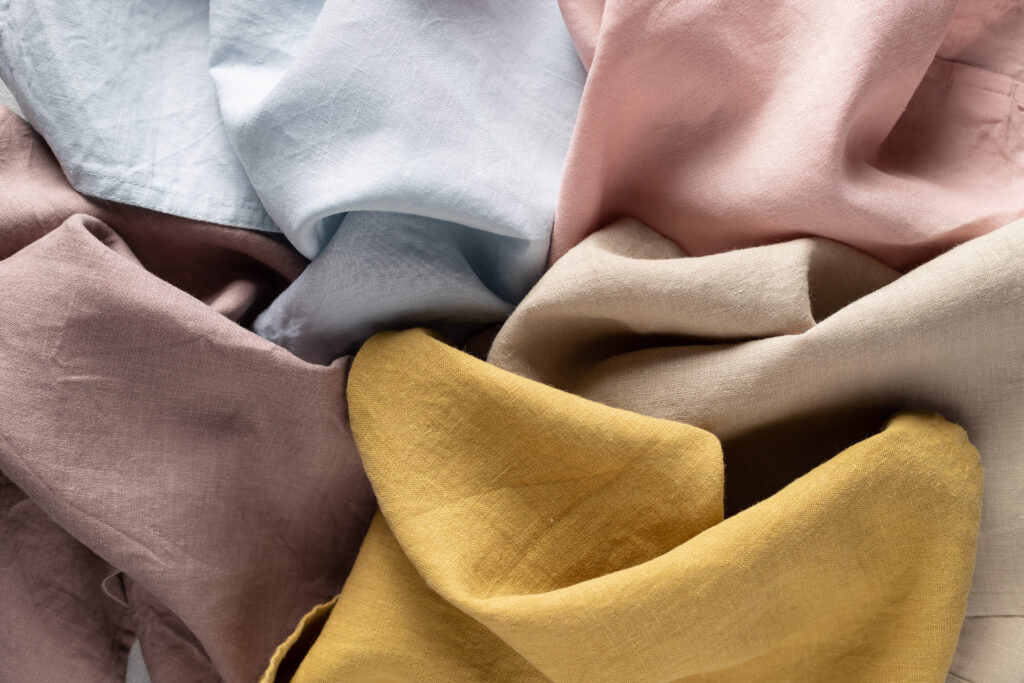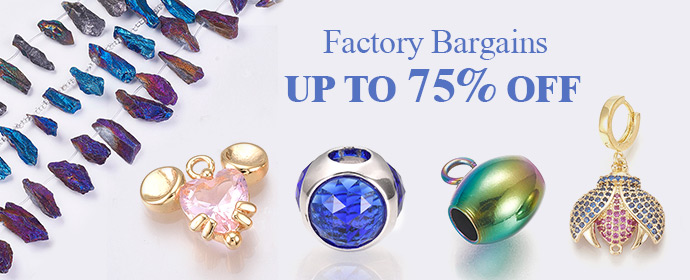Cotton fabric remains the backbone of the textile industry, powering fashion brands, home décor businesses, and creative professionals across the UK. When you need high-quality custom-printed cotton fabric by the yard at competitive wholesale prices, understanding your sourcing options can make or break your business success.
The UK textile market demands reliable suppliers who can deliver consistent quality, competitive pricing, and flexible minimum order quantities. Whether you’re launching a fashion line, creating home textiles, or developing promotional materials, the right cotton fabric supplier becomes your strategic partner in achieving business goals.
This guide breaks down everything you need to know about sourcing custom-printed cotton fabric in bulk, from understanding fabric types to placing your first wholesale order. You’ll learn how to navigate printing techniques, evaluate suppliers, and make informed decisions that support both your budget and sustainability commitments.
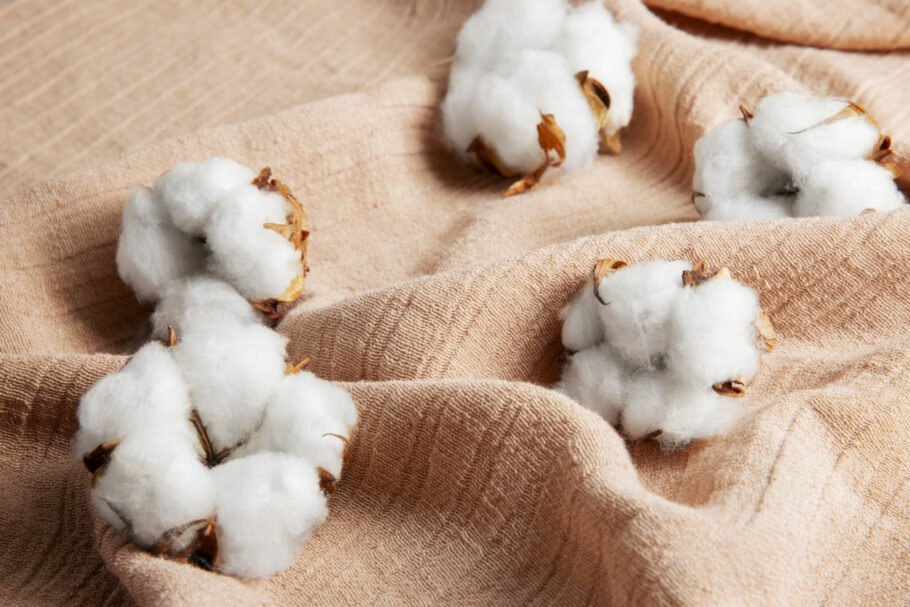
Benefits of Buying Cotton Fabric in Bulk
Bulk purchasing transforms your fabric procurement from a cost center into a competitive advantage. Volume orders unlock wholesale pricing structures that can reduce your per-yard costs by 30-50% compared to retail purchases.
Cost Efficiency and Budget Control
When you buy fabric online in bulk quantities, suppliers pass significant savings directly to you. These wholesale prices allow better budget planning and improved profit margins on finished products. Fixed shipping costs spread across larger orders further reduce your total procurement expenses.
Consistent Quality and Color Matching
Bulk orders ensure fabric consistency across your entire production run. Dye lots remain uniform, preventing the color variations that can occur when purchasing smaller quantities over time. This consistency becomes crucial for maintaining brand standards and customer satisfaction.
Streamlined Production Planning
Having adequate fabric inventory eliminates production delays and rush orders. Bulk purchasing supports better workflow management, allowing you to schedule production runs efficiently and meet customer delivery commitments.
Supplier Relationship Benefits
Volume commitments strengthen supplier relationships, often resulting in priority handling, extended payment terms, and access to new fabric developments before they reach the general market.
Fabriclore: Your UK Source for Custom Cotton Fabric
Fabriclore has established itself as a trusted partner for UK businesses seeking custom-printed cotton fabric solutions. Their technology-enabled platform serves over 400 private labels globally, with a proven track record of on-time delivery and transparent customer support.
Comprehensive Fabric Selection
The platform offers extensive cotton fabric options, including organic cotton, cotton blends, and specialized weaves. Each fabric type comes with detailed specifications, helping you select materials that match your project requirements exactly.
Low Minimum Order Quantities
Unlike many wholesale suppliers, Fabriclore accommodates smaller businesses with flexible MOQs. This approach allows emerging brands to access wholesale pricing without committing to massive inventory investments.
From initial design consultation through final printing and finishing, Fabriclore manages the complete customization process. Their technical team works directly with clients to optimize designs for fabric printing and ensure color accuracy.
Technology-Driven Transparency
Real-time order tracking and production updates keep customers informed throughout the manufacturing process. This transparency eliminates uncertainty and supports better business planning.
Understanding Cotton Fabric Types for Custom Printing
Different cotton fabric constructions serve various applications and printing methods. Understanding these options helps you select materials that deliver optimal results for your specific projects.
Plain Weave Cotton
The most common cotton construction, plain weave fabrics like poplin and percale, offer smooth surfaces ideal for detailed printing. These fabrics work well for apparel, home textiles, and promotional items requiring crisp graphic reproduction.
Twill Weave Options
Cotton twill provides durability and drape characteristics suited for workwear, bags, and upholstery applications. The diagonal weave pattern adds texture while maintaining good print receptivity.
Jersey and Knit Constructions
Stretch cotton fabrics accommodate fitted garments and activewear applications. Digital printing techniques work particularly well with these fabrics, producing vibrant colors that maintain flexibility.
Canvas and Duck Cloth
Heavy-weight cotton fabrics serve applications requiring strength and structure. These materials work well for bags, outdoor gear, and home décor items where durability matters more than drape.
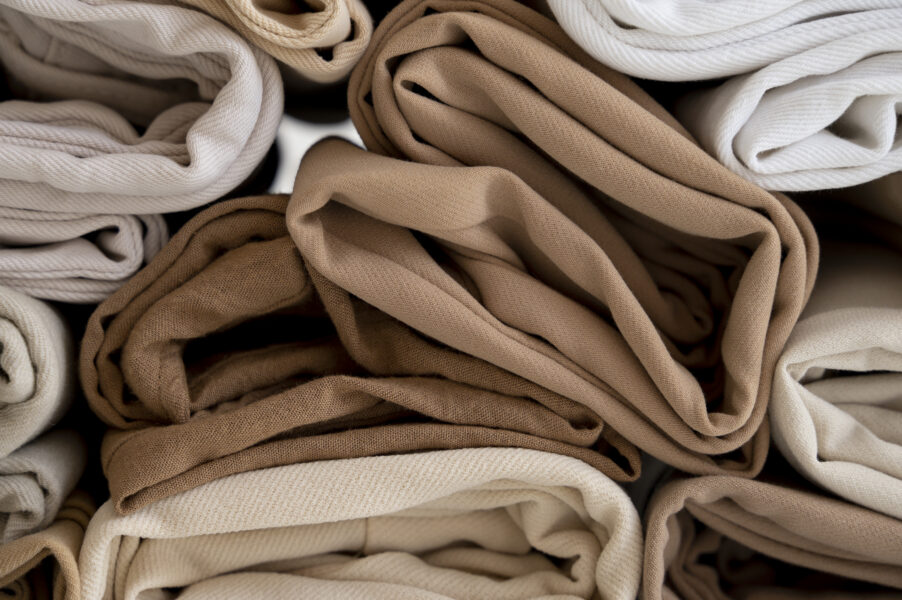
Design Considerations for Custom Cotton Printing
Successful custom printing requires understanding how design elements interact with cotton fabric characteristics. Proper design preparation ensures optimal print quality and production efficiency.
Resolution and File Format Requirements
Vector graphics maintain sharpness at any size, making them ideal for logos and geometric patterns. High-resolution raster images (300 DPI minimum) ensure photographic elements print clearly without pixelation.
Color Profile Management
Cotton fabric printing uses different color processes than paper printing. Working in CMYK color spaces and requesting color proofs prevents disappointment when final products don’t match screen displays.
Pattern Repeat Calculations
Understanding fabric width and repeat requirements helps optimize material usage and reduce waste. Proper repeat planning can significantly impact your per-yard costs and minimum order requirements.
Print Placement Planning
Consider fabric grain direction, seam allowances, and garment construction when planning print placement. Technical drawings showing print positioning help prevent production errors and ensure intended results.
Printing Techniques for Cotton Fabric
Modern printing technologies offer various approaches to applying designs to cotton fabric. Each method provides distinct advantages for different project types and production volumes.
Digital Textile Printing
Direct-to-fabric digital printing provides unlimited color options and supports complex photographic designs. This method works well for short runs and allows economic production of multiple colorways without setup charges.
Screen Printing Applications
Traditional screen printing delivers vibrant colors and excellent wash durability for larger production runs. Setup costs make this method most economical for orders exceeding 100-200 yards per colorway.
Heat Transfer Printing
Vinyl and sublimation transfer methods work well for small quantities and personalized items. These techniques allow quick turnaround times but may have durability limitations compared to direct printing methods.
Block Printing and Artisanal Techniques
Hand-printed fabrics offer a unique aesthetic appeal for luxury and artisanal brands. These methods typically require longer lead times but create distinctive products that stand out in the marketplace.
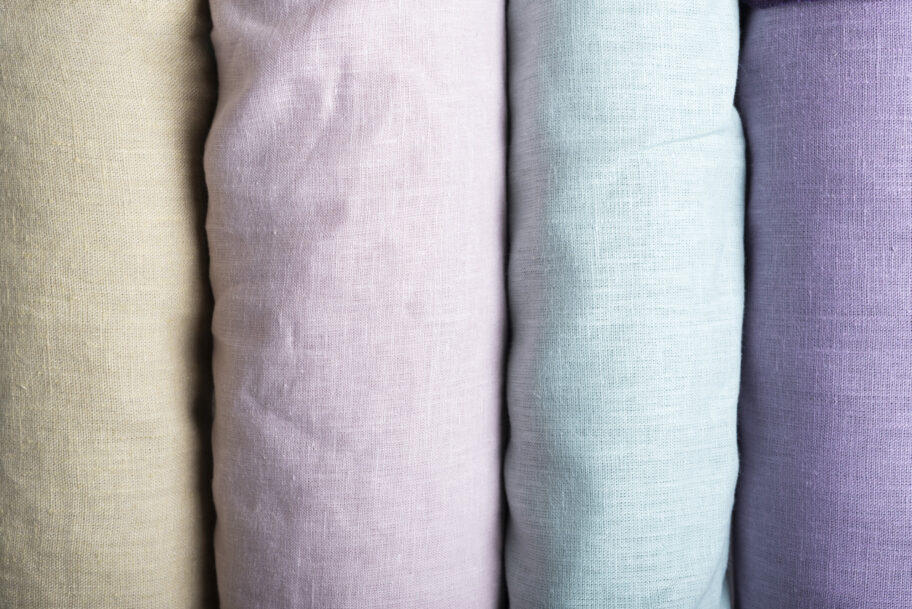
Ethical and Sustainable Cotton Sourcing Practices
Sustainability concerns increasingly influence fabric sourcing decisions. Understanding certification systems and production practices helps you make choices aligned with environmental and social responsibility goals.
Organic Cotton Benefits
Organic cotton production eliminates synthetic pesticides and fertilizers, reducing environmental impact and creating safer working conditions for farmers. These fabrics often command premium prices but appeal to environmentally conscious consumers.
Fair Trade Certification
Fair trade cotton ensures farmers receive fair compensation and work under acceptable conditions. This certification system provides transparency and supports sustainable farming communities.
Water Usage and Chemical Management
Modern cotton processing facilities implement water recycling systems and minimize chemical usage. Suppliers implementing these practices often achieve certifications like OEKO-TEX Standard 100.
Transportation and Carbon Footprint
Sourcing cotton fabric from suppliers with efficient logistics networks reduces transportation-related emissions. UK-based finishing and printing services can further minimize environmental impact.
How to Place Your Bulk Cotton Fabric Order
Successful bulk ordering requires systematic planning and clear communication with suppliers. Following structured processes prevents misunderstandings and ensures satisfactory outcomes.
Requirements Assessment
Calculate total yardage requirements, including production quantities plus 10-15% extra for sampling, mistakes, and future repairs. Consider storage capabilities when determining optimal order quantities.
Sample Ordering Process
Always request fabric samples before placing bulk orders. Evaluate hand feel, weight, print quality, and color accuracy under various lighting conditions. Most suppliers provide samples at nominal costs or free for serious inquiries.
Technical Specification Documentation
Create detailed specifications, including fabric weight, width, print placement, color standards, and quality requirements. Written specifications prevent misunderstandings and provide reference points for quality evaluation.
Timeline and Delivery Planning
Custom printing typically requires 2-4 weeks of production time plus shipping duration. Factor these timeframes into your project planning and communicate deadline requirements clearly during order placement.
Partner with Fabriclore for Your Cotton Fabric Success
The UK textile market offers numerous sourcing options, but finding suppliers who combine quality, reliability, and competitive pricing requires careful evaluation. Fabriclore stands out as one of the best online fabric stores, offering comprehensive solutions for businesses seeking custom-printed cotton fabric in bulk quantities.
Their proven track record with 400+ private labels globally, combined with technology-enabled transparency and flexible minimum orders, makes them an ideal partner for UK businesses. Whether you’re launching your first fashion collection or expanding an established brand, Fabriclore’s expertise in custom cotton fabric printing can help transform your vision into reality.
Start by requesting samples of their cotton fabric options and discussing your specific requirements with their technical team. With proper planning and the right supplier partnership, your bulk cotton fabric sourcing can become a competitive advantage that supports long-term business growth.
Recommend0 recommendationsPublished in apparel, Our Fashion Passion
